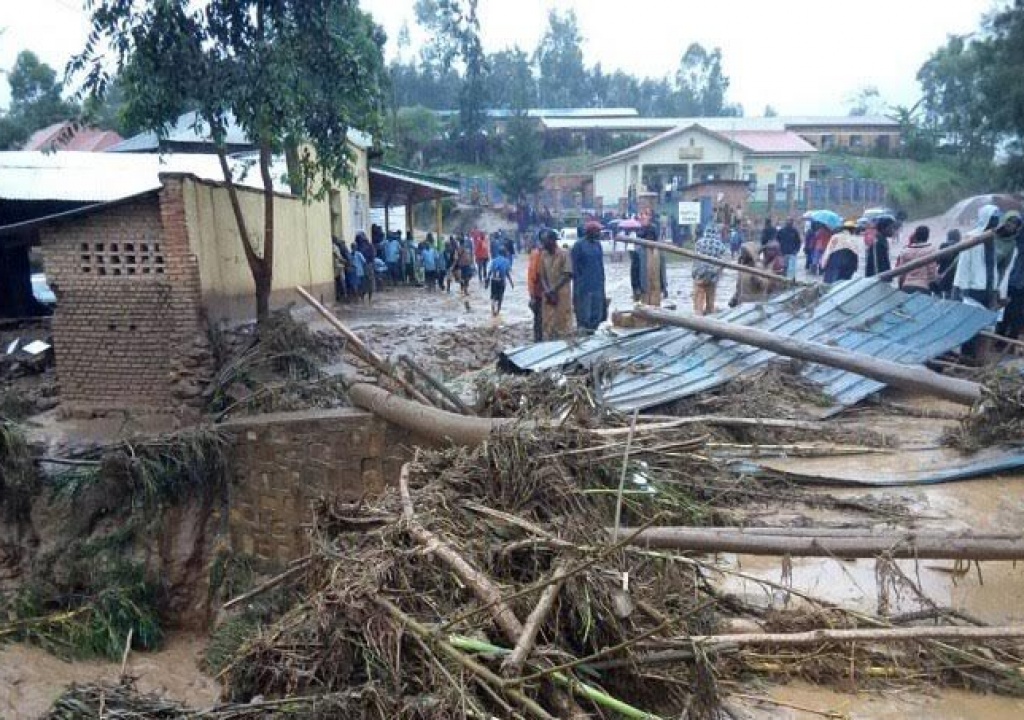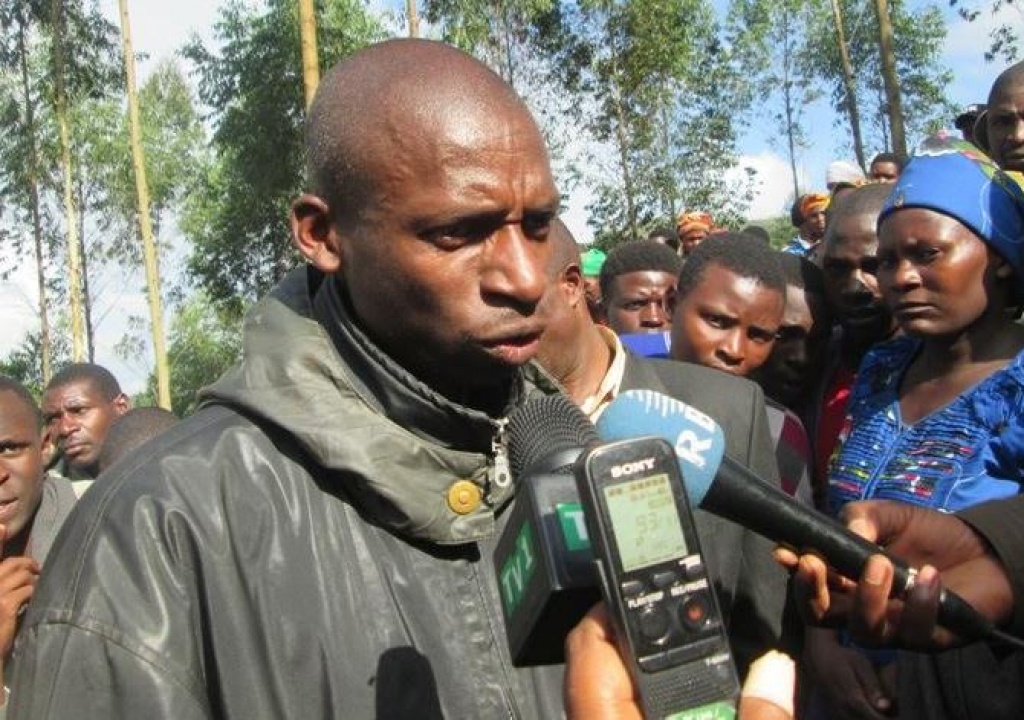
The Northern Province is mostly affected by severe rain
On May 6th, 2016, Silyvestre Ngendahayo left his home early morning for prayer and fasting behind closed doors at Gakenke Pentecost Church – ADEPR Ganzo.
At midnight, heavy rain with thunderstorm hit hard the Northern Province District. The rain was too much up to a point where water invaded the church where Gendahayo was. He was afraid but since he was praying, he kept the pace because was convinced that all would work through prayer.
In the morning, as he was planning to leave the church and join his family, a messenger surprised him that actually, his family – wife and four children were no more.
“I was told that my house was destroyed and it fell over my wife and the four children,” Ngendahayo told KT Press.
“When we dug my wife from the rubble, she was wearing casual clothes. The house fell over them while my family was preparing to go out for daily work in the farm.”
The passing of his family left Ngendahayo puzzled, traumatised at a point that “Everything had no meaning to me; I even resolved to stop doing any work.”
He only began recovering following several counseling Sessions by World Vision – a non-government organisation.
Barely a year and a half has passed after this disaster where 35 people in Gakenke died as a result of rainstorm that also destroyed 1425 houses plus hundreds of hectares of farmland and public infrastructure.
In response to this disaster, government spent Rwf 1.1 billion in rescue and rehabilitation of the families.
Constructing and equipping the houses were the most expensive components in this feedback with iron sheets costing nearly Rwf 500 million and cement, Rwf 126.4million.
Constructing new cowsheds also cost Rwf 219.9 million.

Silyvestre Ngendahayo
Marie Claire Gasanganwa, the Vice Mayor in charge of Social Affairs in Gakenke District, says that MIDIMAR in partnership with ONE UN provided them with iron sheets and other construction materials and engineers to rebuild their houses.
“Apart from 17 families that were dwelling in high risk zones, those who had plots were helped to rebuild their houses,” she said.
“Most of the survivors got jobs in the project of restoring swamps and controlling erosion on the hills. So, the money they were earning helped them find food to put on table while, of course, working on their own farmland,” she said.
Those who were vulnerable, such as elders who could not work, got food from the World Food Program (WFP) for free and FAO provided to all the survivors of disasters with fertilizers and seeds.
“To day I assure you, they were back to normal life,” Gasanganwa told KT Press adding that the community recovered, and Ngendahayo recovered too.
In August this year he made a decision to marry Monique Uwizeyimana who is a mother of two.
Together with his two children who survived the disaster, his wife and the family behind her, Ngendahayo has a family of six like before the tragedy. His wife is expecting a baby boy, the first born to the new couple.


